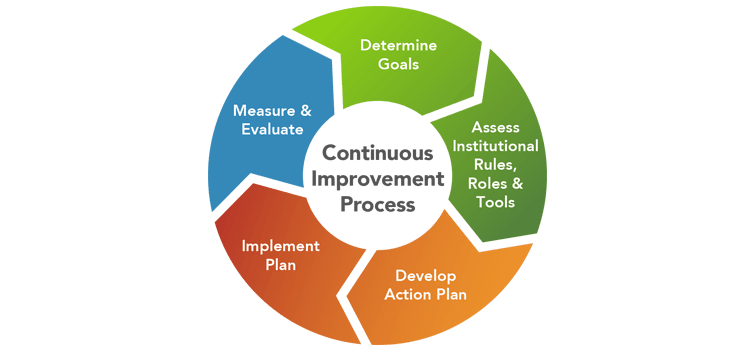Institutional change integrates technology, policy, and behavior to make new practices and perspectives become a typical part of how an agency operates. For example:
- Technology provides means to decrease energy and resource use
- Policy provides directives to decrease energy and resource use
- Institutional and individual behaviors provide avenues to ensure technologies and policies are used effectively in meeting energy and sustainability goals.
Behavior change is not a replacement for energy-efficiency or renewable-energy technologies. It is people who use these technologies, and their choices and behaviors ultimately determine the extent to which sustainability goals are achieved. Therefore, technology, policy, and behavior change work together to optimize the benefits of sustainability within an organization.
For more information about institutional change, including why it's crucial for achieving sustainability goals, see Evidence-Based Background Material Underlying Guidance for Federal Agencies in Implementing Strategic Sustainability Performance Plans Implementing Sustainability: The Institutional-Behavioral Dimension.
Institutional Change Principles
The Federal Energy Management Program (FEMP) has outlined eight principles that provide a strong foundation for developing strategies to achieve sustainability goals, including those in strategic sustainability performance plans. Each principle is paired with an example of how to help move the idea into action.

FEMP's Institutional Change Process

